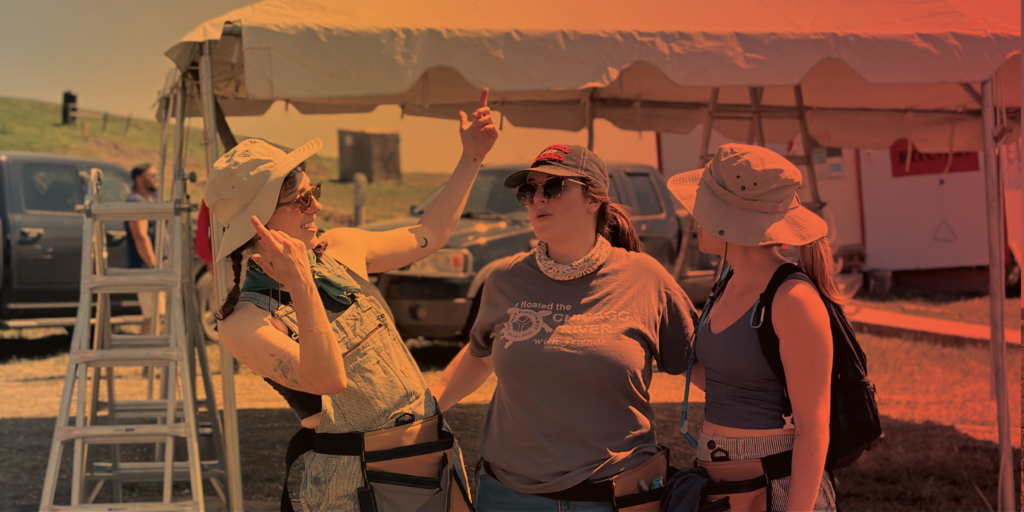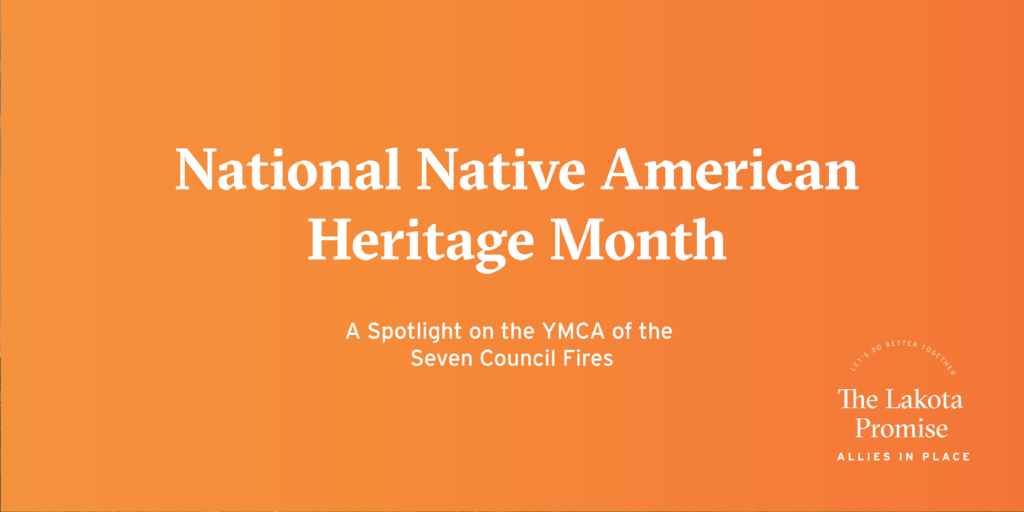By Alexis | November 6, 2023
National Native American Heritage Month is observed annually in November and serves as a time to honor and celebrate the rich and diverse cultures, histories, and contributions of Native American and Indigenous peoples in the United States. This month encourages reflection on the history, resilience, and ongoing impact of North American indigenous communities. It is a time to acknowledge the historical injustices and systemic inequalities faced by Native Americans, while also highlighting their ongoing contributions to art, literature, science, and various other fields.
This month, The Lakota Group is taking a moment to highlight the work of the YMCA of the Seven Council Fires, located on the Cheyenne River Reservation in South Dakota. We are also reflecting on our recent visit to the reservation, as well as our ongoing relationship with the Lakota community.
Community Development and Place Making on the Cheyenne River Reservation
Place making, design, and community development. These terms are often associated with an urban context, but how do these concepts manifest themselves in a rural setting on sovereign indigenous lands? This June, several of The Lakota Group planning and design team members had the opportunity to travel to the Cheyenne River Reservation in South Dakota where they witnessed and participated in dynamic place making, design, and community development. There, our team worked closely with the YMCA of the Seven Council Fires (the YMCA Seven Fires) staff, leadership, and other volunteers at Camp Marrowbone. This YMCA-run camp brings together both indigenous and non-indigenous youth, international and domestic counsellors, and committed YMCA staff to create a safe and supportive environment dedicated to growth, exploration, and learning focused on underserved communities.
Our team’s trip to the Cheyenne River Reservation is part of a broader, strategic Lakota Group initiative focused on building a genuine and meaningful relationship with the Lakota Nation and the YMCA of the Seven Council Fires. The firm’s leadership worked with the YMCA and tribal leaders to organize a multi-step supportive approach aimed at addressing some of the reservation’s critical needs. This recent service trip was the first of many service-based activities that our firm outlined in The Lakota Promise, our commitment to the Lakota Nation and other indigenous communities. Read on for more information about the Cheyenne River Reservation, the work that is being carried out there, and some of our volunteering experiences.
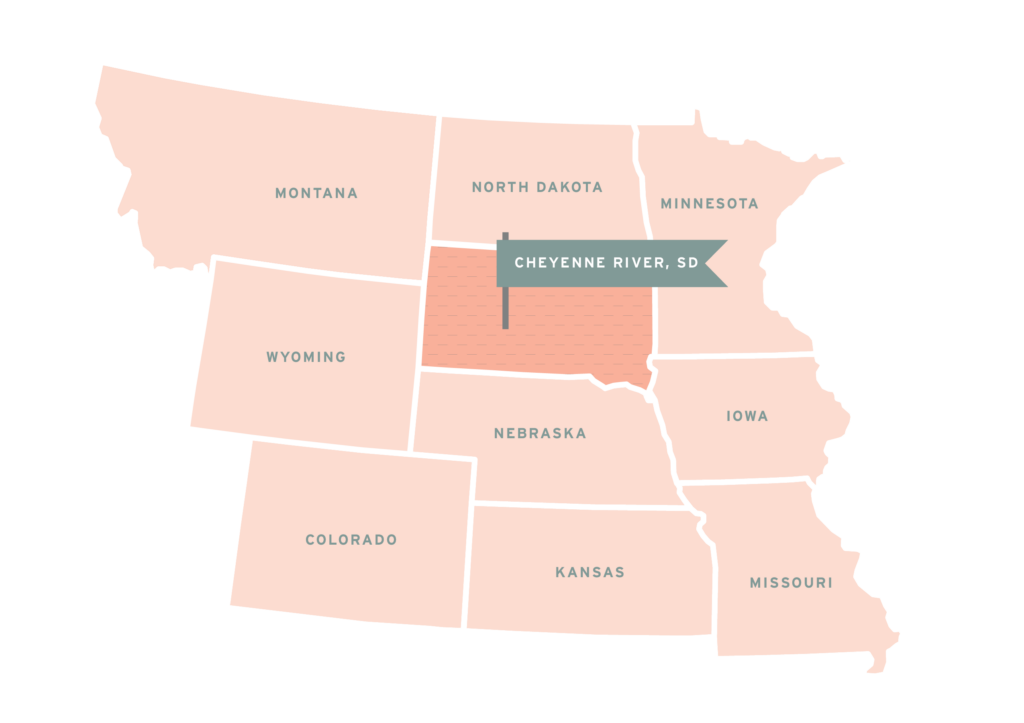
About the Cheyenne River Reservation and its Residents
There can be many obstacles to community development on reservation lands, as many areas are under-resourced, sparsely populated, spatially disconnected, and deeply impoverished. The forced relocation of indigenous peoples has occurred since the Period of Contact in the 1600s and has resulted in the creation of reservations throughout the country, many of which were formed in areas that the US government deemed undesirable for other uses, and were often separated from sacred indigenous lands. The Cheyenne River Reservation was formed in 1889 when the United States dissolved the Great Sioux Reservation, land belonging to multiple Sioux tribes.
“Sioux” is a French name given to a group of three tribes, the Lakota, Dakota, and Nakota. The tribes share a similar language and originally inhabited areas near the Black Hills in South Dakota. These three tribes are divided into seven major councils and are referred to as the Oceti Sakowin or Seven Council Fires. Four Lakota Nation bands currently live on The Cheyenne River Reservation. Over the years, some of the reservation lands have been lost to non-indigenous settlers and through the damming of the Missouri River to form Lake Oahe. According to the 2010 Census, the reservation has approximately 8,090 residents settled throughout an area that spans 4,267 square miles. The photo below shows the vastness of the reservation lands.
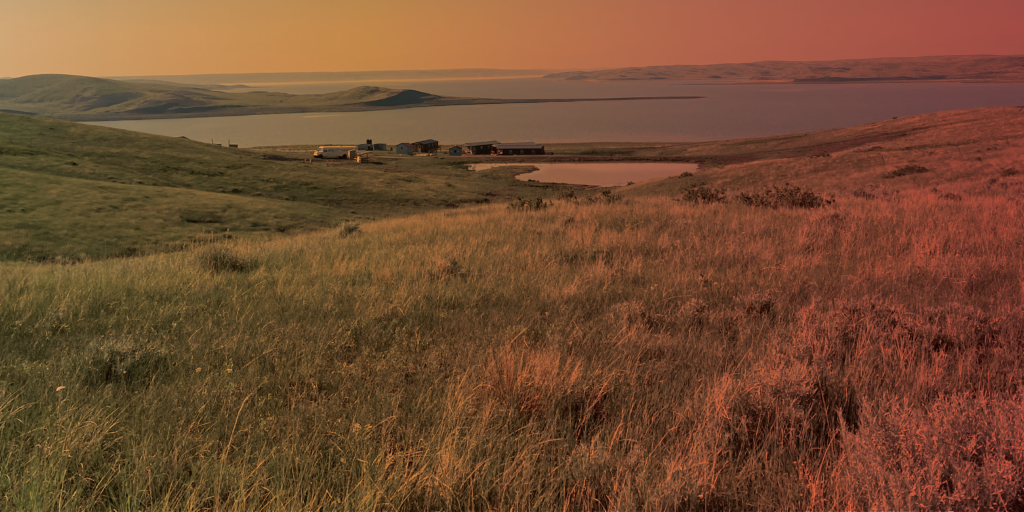
About YMCA of the Seven Council Fires, Camp Marrowbone, and Staff
When our team arrived on the reservation, the YMCA’s Family Camp Director Pete Stahlbrand met us in the town of Dupree, the YMCA’s headquarters. He gave us a brief lesson about the YMCA’s history, explaining that the Sioux YMCA (now known as the YMCA of the Seven Council Fires) was founded in 1879 by several Dakota men, including Chief Little Crow’s son Thomas Wakeman, after their release from a US military prison. During their sentence, Wakeman and other Dakota captives were introduced to volunteers from the Young Men’s Christian Association who provided clothing, bedding, English lessons, and Christian teachings. Inspired by their compassion, the founders started their own Young Man’s Association, which was then recognized by the national YMCA in 1885. Since then, YMCA Seven Fires has worked closely with the community to build its programming, ensuring that its community development initiatives address the needs of reservation residents and that decision-making processes are grassroots and participatory in nature.
In 1971 YMCA Seven Fires founded Camp Marrowbone on the shore of Lake Oahe. For 50 years, this camp has provided a supportive network of mentors as well as caring peers and a fun, activity-based outlet for children, teens, and families. In an area where poverty and isolation have led to an epidemic of substance abuse that can erode families and communities, Camp Marrowbone, as well as the YMCA’s other programming, plays a critical role in creating a sense of community, belonging, and purpose.
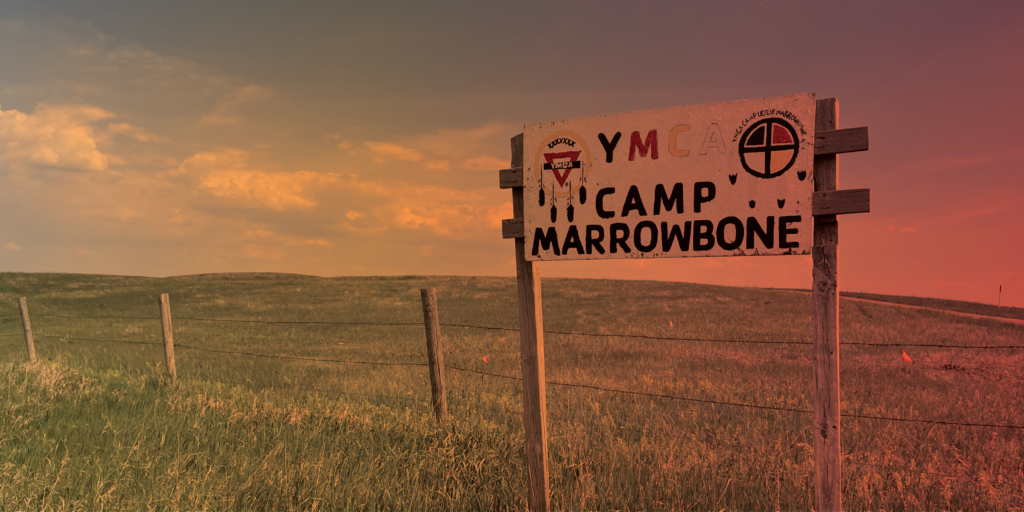
Plans for Camp Marrowbone
On our first day working on-site at Camp Marrowbone, we met Andrew Corley (Andy), the YMCA Seven Fires CEO. Andy has been involved with the YMCA for over 15 years, the last decade of which was focused on the YMCA Seven Fires. Andy oriented us by providing a tour and explained the YMCA’s vision for Camp Marrowbone, which is to continue to foster a safe, fun, and supportive environment for campers. He described plans for numerous projects, many of which are well underway. Some of the larger-scale projects include building family cabins, constructing a large dining hall with the camp’s first indoor plumbing, building a lake recreation center, and other improvements. Andy and staff have already been successful in their efforts to build inclusive “Boys Plus” and “Girls Plus” cabins, not only ensuring that there is ample room for more campers, but also that everyone feels included, no matter their identity. Other recent projects have included the installation of water lines, boardwalks, kayak racks, planting beds, and improvements that help make this camp feel like a home and a haven for its campers.
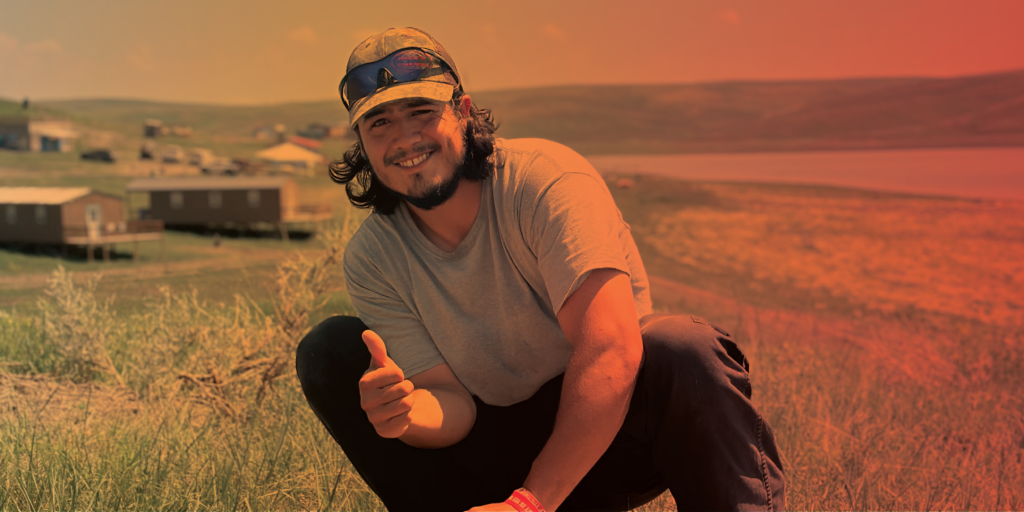
Andy and staff are currently working on building a small village of family cabins that will allow entire families to visit camp throughout the year. Our team rolled up sleeves and got to work building one of these cabins from the ground up. On our first day, we worked hand-in-hand with local resident and YMCA staff member Riley to lay out a pier-and-beam foundation for two cabins. None of us had any construction experience, but we learned quickly and were soon using sledgehammers, post drivers, and shovels to lay foundations for cabins that would one day overlook the shore of Lake Oahe.
Day two is when the building began. We were joined by the YMCA’s maintenance staff, many of whom were visiting from South and Central America. We all worked together to level the foundation and begin building floor joists (the horizontal pieces of wood that support the weight of flooring). By the end of our time there, and with the help of Andy, Riley, Maintenance Director Tony, and many others, the cabin foundation and floor were erected and the village of family cabins grew by one.
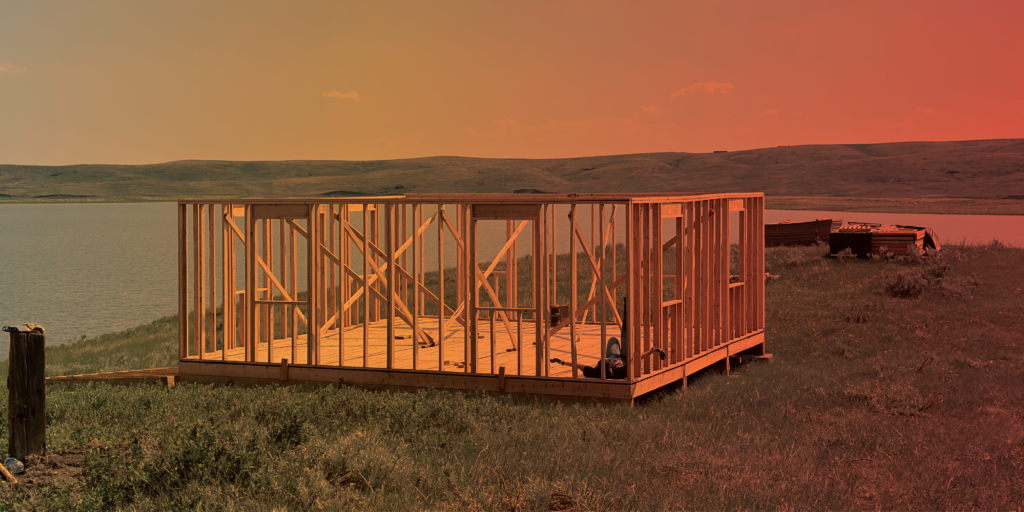
Takeaways
Though our time on the Cheyenne River Reservation was limited, we were fortunate to experience the ways in which community development and placemaking are being achieved in places like Dupree, South Dakota and Camp Marrowbone. The YMCA and other reservation-based organizations are working to build community, strengthen support networks, spark excitement and creativity among youth, and create places that are conducive to learning, growth, and exploration. We found that planning, community development, and design are essential to fostering resilient and enjoyable spaces, no matter the location.
As a part of our commitment to give back to the Lakota Nation, our firm will be back in 2024 to continue our involvement with the YMCA Seven Council Fires and the Cheyenne River Reservation, assisting with additional projects and helping fulfill the planning vision for Camp Marrowbone and beyond. We are incredibly grateful to the YMCA staff and tribal leadership for allowing us to have such a fulfilling and educational experience.
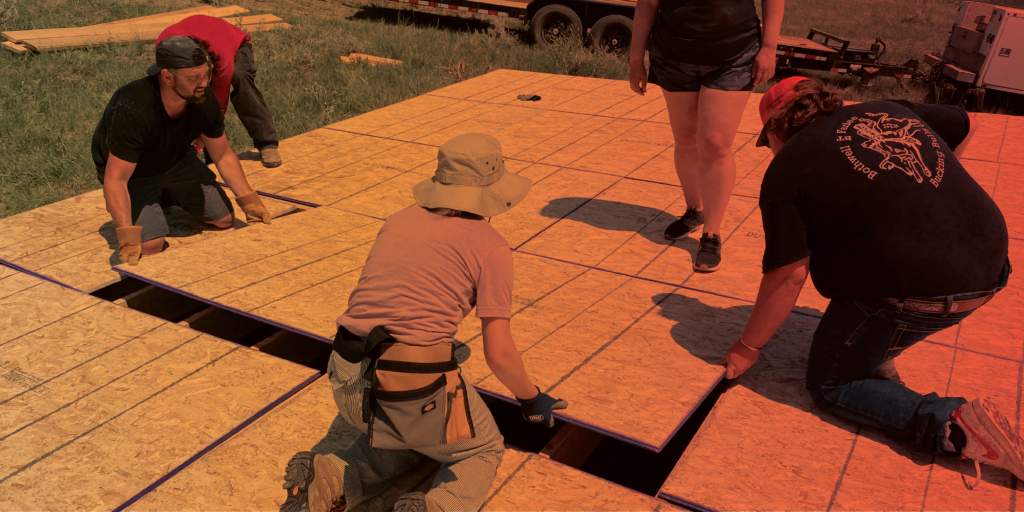
Please consider donating to the YMCA Seven Council Fires PayPal account. This will help them to continue their mission to develop and strengthen the children and families in our reservation communities so they can fulfil their greatest individual and collective potential, spiritually, mentally, and physically.
Continued Learning
This trip prompted our exploration of other planning projects, initiatives, and resources that are centered on indigenous populations throughout North America. Take a look at the following links – we hope they will inspire your own practice as planners and designers.
The Native American Community Development Institute (NACDI) is based in Minneapolis, Minnesota: NACDI works to promote innovative development strategies that strengthen the overall sustainability and well-being of American Indian people and communities. Their projects have included the American Indian Cultural Corridor in Minneapolis, Four Sisters Farm, and Four Sisters Farmers Market. Check out the American Indian Community Blueprint, Building a 21st Century American Indian Community. This community development framework establishes asset-based, solution-oriented strategies designed to advance American Indian interests, opportunities, and culture in the Twin Cities. This grass-roots approach to community development can be replicated in other Native American communities.
The Sen̓áḵw District in Vancouver is an example of reestablishing indigenous sovereignty and returning a tribe’s ancestral lands: In the 1970s the Squamish Nation sued the Canadian government for illegally seizing their land in the early 1900s. After winning the legal battle in 2003, the Squamish Nation is building over 6000 rental units, 20% of which will remain affordable for Squamish residents. Over 50,000 square feet of amenities will be available to the public and 50 percent of profits will be paid to the Squamish Nation. Because the land is sovereignly governed, development does not need to abide by zoning or density regulations. While opposition to the project exists, particularly from neighbors, it is generally seen by many as a model for reparations and reconciliation between indigenous peoples and the governments that initially pushed them from their lands. Check out this article and the project website.
Literature: If you’re interested in reading literature about indigenous communities, check out Braiding Sweetgrass by Robin Wall Kimmerer, An Indigenous Peoples’ History of the United States by Roxanne Dunbar-Ortiz, or any of the other books on this list or this list.
